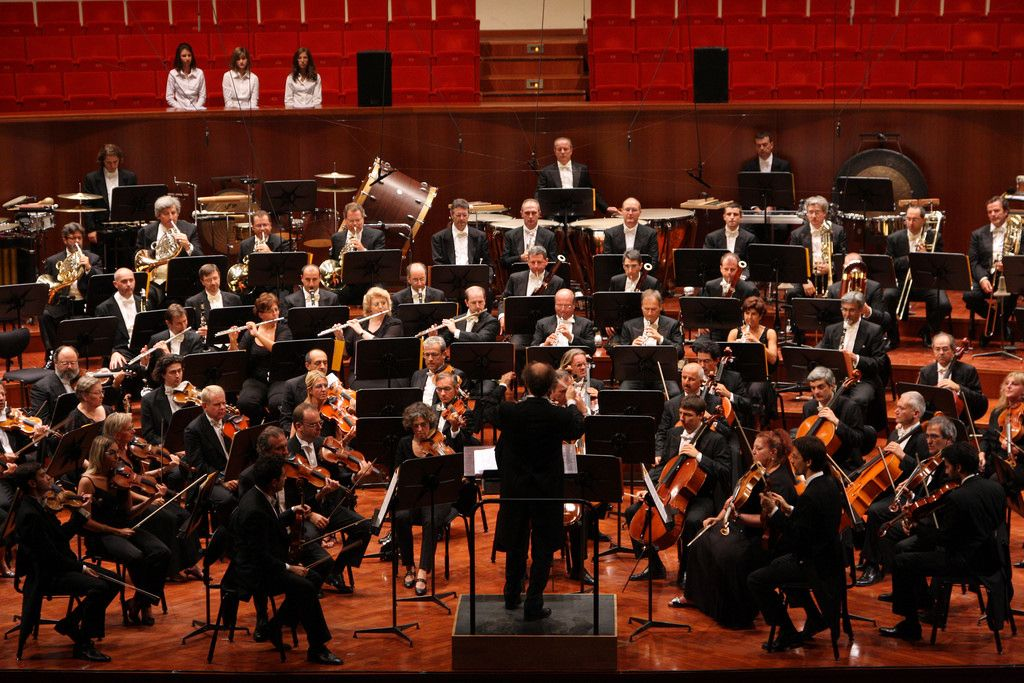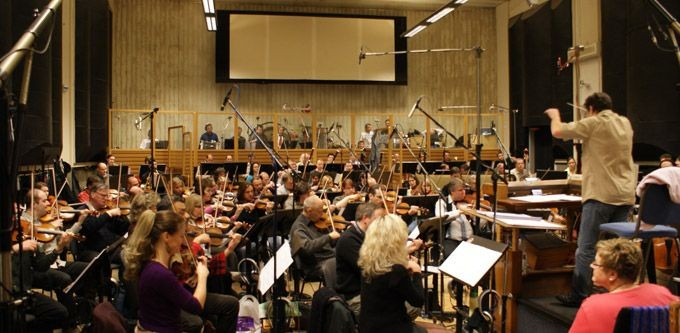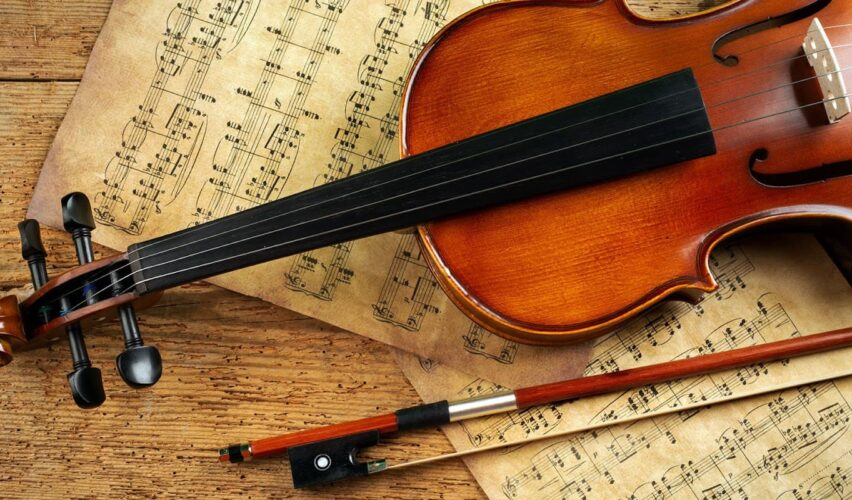
Introduction to classical music and its history
Classical music has a rich history that stretches back centuries, captivating audiences with its intricate melodies and profound emotional depth. From the elegant compositions of Mozart to the powerful symphonies of Beethoven, this genre has laid the groundwork for musical expression as we know it today. Yet, even in our fast-paced modern world, classical music continues to resonate deeply—finding its place in an array of contemporary media.
As technology evolves and new forms of storytelling emerge, classical music’s timeless appeal remains ever-present. Its ability to evoke emotion makes it a favorite choice for filmmakers and advertisers alike. The integration of these timeless pieces into modern soundtracks not only enhances visual narratives but also introduces classic sounds to new generations.
Join us as we explore how classical music influences everything from film scores to commercials while examining its role in shaping popular culture today. Discover how this age-old art form is adapting alongside technological advancements and why it will always hold significant value in our rapidly changing world.
The rise of classical music in modern media
Classical music has found a remarkable resurgence in modern media, captivating new audiences. Its intricate compositions and emotional depth resonate well with contemporary storytelling.
Film directors increasingly turn to classical pieces for their soundtracks. The dramatic crescendos of Beethoven or the haunting melodies of Chopin enhance cinematic moments, enriching narratives in ways that pop scores often cannot.
Television series also embrace this genre, using orchestral scores to heighten tension or evoke nostalgia. Viewers are treated to a unique auditory experience that elevates their connection with characters and plots.
Moreover, streaming platforms have made classical music more accessible than ever. Listeners can explore vast libraries of compositions while enjoying curated playlists tailored for every mood or setting.
This integration into modern media not only honors the legacy of classical composers but also invites fresh interpretations from younger generations eager to engage with timeless art forms.

Classical music in film and television
Classical music has carved out a distinguished niche in film and television. Its emotive power can elevate scenes, creating an immersive experience for audiences. Iconic scores often feature works from composers like Beethoven or Mozart, seamlessly weaving their timeless melodies into modern narratives.
Consider the dramatic use of Tchaikovsky’s “Swan Lake” in movies. It not only enhances tension but also evokes deep emotional responses. This integration of classical pieces adds layers to storytelling, enriching character arcs and heightening pivotal moments.
Television shows have embraced this trend too. From historical dramas to contemporary series, classical soundtracks enrich the viewing experience by grounding plotlines in emotional authenticity. The haunting strains of a string quartet can linger long after the credits roll, resonating with viewers on multiple levels.
As filmmakers continue to explore new dimensions in storytelling, classical music remains a vital tool for enhancing narrative depth and audience engagement.
Classical music in commercials and advertisements
Classical music has found a unique niche in the world of commercials and advertisements. Brands often turn to its rich, emotive qualities to evoke feelings of nostalgia or elegance.
Think about it: a soft piano sonata can make an ordinary product feel luxurious. The right piece transforms the viewer’s experience, elevating mundane messages into something memorable.
Consider how iconic composers like Mozart or Beethoven grace car ads with their timeless scores. These soundtracks create associations that linger long after the commercial ends. They add weight and sophistication to even the simplest message.
Moreover, classical pieces can appeal to diverse audiences. Their universal themes transcend age and background, making them perfect for brands aiming for broad reach.
As companies seek deeper emotional connections with consumers, this music remains a compelling tool in advertising strategies today.

The impact of classical music on popular culture
Classical music has woven itself into the very fabric of popular culture, influencing countless artists and genres. From hip-hop beats to pop ballads, its elements can be traced in various modern compositions.
Iconic classical pieces often inspire contemporary musicians. Think of how Beethoven’s symphonies create an epic backdrop in trailers or how Vivaldi’s melodies add depth to emotional scenes in dramas.
Even fashion and art draw inspiration from classical themes. High-profile designers use these timeless scores to set the mood during runway shows, while visual artists incorporate motifs that echo classical narratives.
Social media platforms amplify this connection further. Clips featuring classical music paired with trending visuals capture attention and foster a new appreciation among younger audiences.
This blend of past and present showcases how deeply embedded classical influences are within our shared cultural experience. As we move forward, these echoes will continue resonating through the ages.
How classical music is evolving with modern technology
Classical music is undergoing a fascinating transformation thanks to modern technology. Digital platforms have revolutionized how we access and experience this timeless genre. Streaming services like Spotify and Apple Music offer curated classical playlists, making it easier than ever for listeners to discover new compositions and artists.
Composers are embracing technology as well. Many now use software to create intricate scores that blend traditional orchestration with electronic elements. This fusion results in innovative works that appeal to a broader audience while maintaining the essence of classical roots.
Virtual reality is also stepping into the spotlight, offering immersive experiences where audiences can feel as if they are part of an orchestra or attending live performances from their own homes. These advancements not only enhance engagement but also help bridge generational gaps in appreciation for classical music.
Social media serves as a platform for emerging talents, connecting them with fans worldwide and fostering intimate interactions between musicians and audiences.

Conclusion
The influence of classical music remains a powerful force in today’s media landscape. Its ability to evoke emotion, create atmosphere, and enhance storytelling is unmatched. Filmmakers and advertisers recognize this timeless appeal, seamlessly integrating classical pieces into their projects.
As technology evolves, so does the way we experience this music. New platforms allow for innovative collaborations that breathe fresh life into classic compositions. The resurgence of vinyl records and curated playlists on streaming services speaks to a growing appreciation among younger audiences.
Classical music continues to inspire musicians across genres, proving its adaptability and relevance in modern culture. Whether it’s through film scores or creative marketing campaigns, the essence of these compositions transcends time and connects us all.
Its enduring significance lies not only in its historical roots but also in its ability to resonate with contemporary themes. The future looks bright for classical music as it finds new avenues within modern media while still holding tight to the legacy that started it all.
For more similar content, keep visiting QAWire


